Most of you have likely heard about antioxidants and how important they are for our health. They help our bodies balance out free radicals (unstable molecules) and lessen or prevent the negative effects they may impose. When free radicals overwhelm our systems and cause an imbalance with antioxidants, oxidative stress can ensue and lead to cellular damage.
Free radicals have the ability to negatively alter our body’s proteins, lipids, even our DNA and result in premature aging and disease [1]. Our cells naturally have an antioxidant defense system composed of certain enzymes, such as superoxide dismutase (SOD), catalase (CAT), and glutathione peroxidase [1]. This system protects our bodies from free radical-induced damage, but in today’s world, we may need a little extra help!
So, how do we keep our skin healthy?
Chaga is an Antioxidant Powerhouse!
Chaga, or Inonotus obliquus, is a medicinal mushroom with one of the highest ORAC (Oxygen Radical Absorbance Capacity) values on the planet! ORAC informs us on the ability of a substance to neutralize free radicals so that they do not overpower our antioxidant capabilities and cause oxidative stress. Chaga is a powerful antioxidant with the ability to fight free radicals and prevent cellular and DNA damage. Poor diets and chemicals in our environment can wreak havoc on our biological systems, so the use of this powerful mushroom may potentially lessen stress, slow aging, reduce inflammation, and prevent development of certain illnesses.
Several anecdotal reports indicate benefit of Chaga for the skin condition psoriasis and this is supported by a Russian study on 50 psoriasis patients, which reported a 76% cure rate, with improvement in a further 16% of cases. The same study reported that it typically took 9-12 weeks for improvement to become apparent.

Chaga May Slow the Process of Aging
When free radicals accumulate in our bodies, one of the ways in which we suffer is through the skin, especially in regard to premature aging. One study illustrated that Chaga had protective effects against oxidative stress-induced death of cells and premature senescence in human fibroblasts [2]. Both of these factors are key biological processes underlying aging because their result is a depletion of many types of cells currently cycling within the body [2].
Additionally, Chaga was able to suppress UV-induced morphologic skin changes, including skin thickening and wrinkle formation [2]. Chaga was also found to increase collagen synthesis by inhibiting MMP-1 and MMP-9 activities; these are matrix metalloproteinases that degrade different types of collagens in the body [2,3]. This is significant because, as we age, our bodies produce less collagen which can lead to increased drying of skin and formation of wrinkles. With all this information, Chaga may have the potential to slow down the aging process of skin by lessening oxidative stress through multiple mechanisms.

Chaga May Offer Protection from UV Rays
We already mentioned UV-induced skin damage briefly, but the extent of damage that UV may cause is substantial. UVA and UVB radiation have the potential to indirectly damage the DNA in our skin cells and result in genetic defects or mutations that may progress to premature aging, or even types of skin cancer [4]. We know of the importance of daily sunscreen wear, but even skin that is not commonly exposed to the sun (i.e., the back) can accumulate genomic DNA changes from UV radiation [5].
One study assessed the effect of Chaga on the extent of DNA damage that can occur with UV exposure and found that the treatment group experienced less damage to genetic information in cells because polysaccharides extracted from the mushroom were able to enhance the expression of DNA repair genes [6]. This means that Chaga has the potential to lessen the harmful effects that may occur as a result of frequent sun exposure.
Chaga Can Lessen Histamine-Induced Inflammation
Inflammation is commonly a protective mechanism that is activated when our body is fighting pathogens or healing tissue injuries. However, chronic illness, and unresolved inflammation is a pathology that can lead to cellular damage and underlies many disease processes. Specifically, histamine-induced inflammation can disrupt junctional integrity which can then affect skin integrity [7,8]. One study found that Chaga was able to lessen histamine-induced inflammation, meaning that use of this mushroom extract may assist in calming skin inflammation and sensitivities and offer the skin some resilience against environmental triggers [7].
Chaga is a powerhouse, a quality that is mirrored in the way it grows in nature. It doesn’t just show up on the forest floor, it makes its way up onto huge birch trees, looking down on the forest from above. It has a parasitic relationship with birch trees in which it holds parasitic control over a ginormous host tree – a true force of nature!
This functional fungi’s fruiting body holds antioxidant, anti-inflammatory, and immunomodulating properties which make it beneficial for a wide range of conditions. However, its antioxidant supplement capabilities and health benefits still remain superior and if you feel as though the stresses of your age, inflammation, or even environment are starting to show on your skin, this is where Chaga and other functional mushrooms can play an impactful role in the maintenance of your skin health!
By Silvana Jakupovic — BSc and 4th Year Student of Naturopathic Medicine (CCNM-Boucher)
References:
[1] Pizzino G, Irrera N, Cucinotta M, Pallio G, Mannino F, Arcoraci V, Squadrito F, Altavilla D, Bitto A. Oxidative Stress: Harms and Benefits for Human Health. Oxid Med Cell Longev. 2017;2017:8416763. doi: 10.1155/2017/8416763. Epub 2017 Jul 27. PMID: 28819546; PMCID: PMC5551541.
[2] Yun JS, Pahk JW, Lee JS, Shin WC, Lee SY, Hong EK. Inonotus obliquus protects against oxidative stress-induced apoptosis and premature senescence. Mol Cells. 2011 May;31(5):423-9. doi: 10.1007/s10059-011-0256-7. Epub 2011 Feb 22. PMID: 21359681; PMCID: PMC3887607.
[3] Vincenti, M.P., Brinckerhoff, C.E. Transcriptional regulation of collagenase (MMP-1, MMP-13) genes in arthritis: integration of complex signaling pathways for the recruitment of gene-specific transcription factors. Arthritis Res Ther 4, 157 (2002).
[4] UV radiation. The Skin Cancer Foundation. (2022, July 21). Retrieved November 3, 2022, from https://www.skincancer.org/risk-factors/uv-radiation/
[5] ScienceDaily. (2021, January 14). Even skin shielded from the sun accumulates genomic DNA changes from UV light. ScienceDaily. Retrieved November 3, 2022, from https://www.sciencedaily.com/releases/2021/01/210114163929.htm
[6] Eid JI, Al-Tuwaijri MM, Mohanty S, Das B. Chaga mushroom (Inonotus obliquus) polysaccharides exhibit genoprotective effects in UVB-exposed embryonic zebrafish (Danio rerio) through coordinated expression of DNA repair genes. Heliyon. 2021 Feb 4;7(2):e06003. doi: 10.1016/j.heliyon.2021.e06003. Erratum in: Heliyon. 2021 Jun 08;7(6):e07235. PMID: 33598573; PMCID: PMC7868817.
[7] Javed S, Mitchell K, Sidsworth D, Sellers SL, Reutens-Hernandez J, Massicotte HB, Egger KN, Lee CH, Payne GW. Inonotus obliquus attenuates histamine-induced microvascular inflammation. PLoS One. 2019 Aug 22;14(8):e0220776. doi: 10.1371/journal.pone.0220776. PMID: 31437163; PMCID: PMC6706056.
[8] Yokouchi, M, Kubo, A. Maintenance of tight junction barrier integrity in cell turnover and skin diseases. Exp Dermatol. 2018; 27: 876– 883.

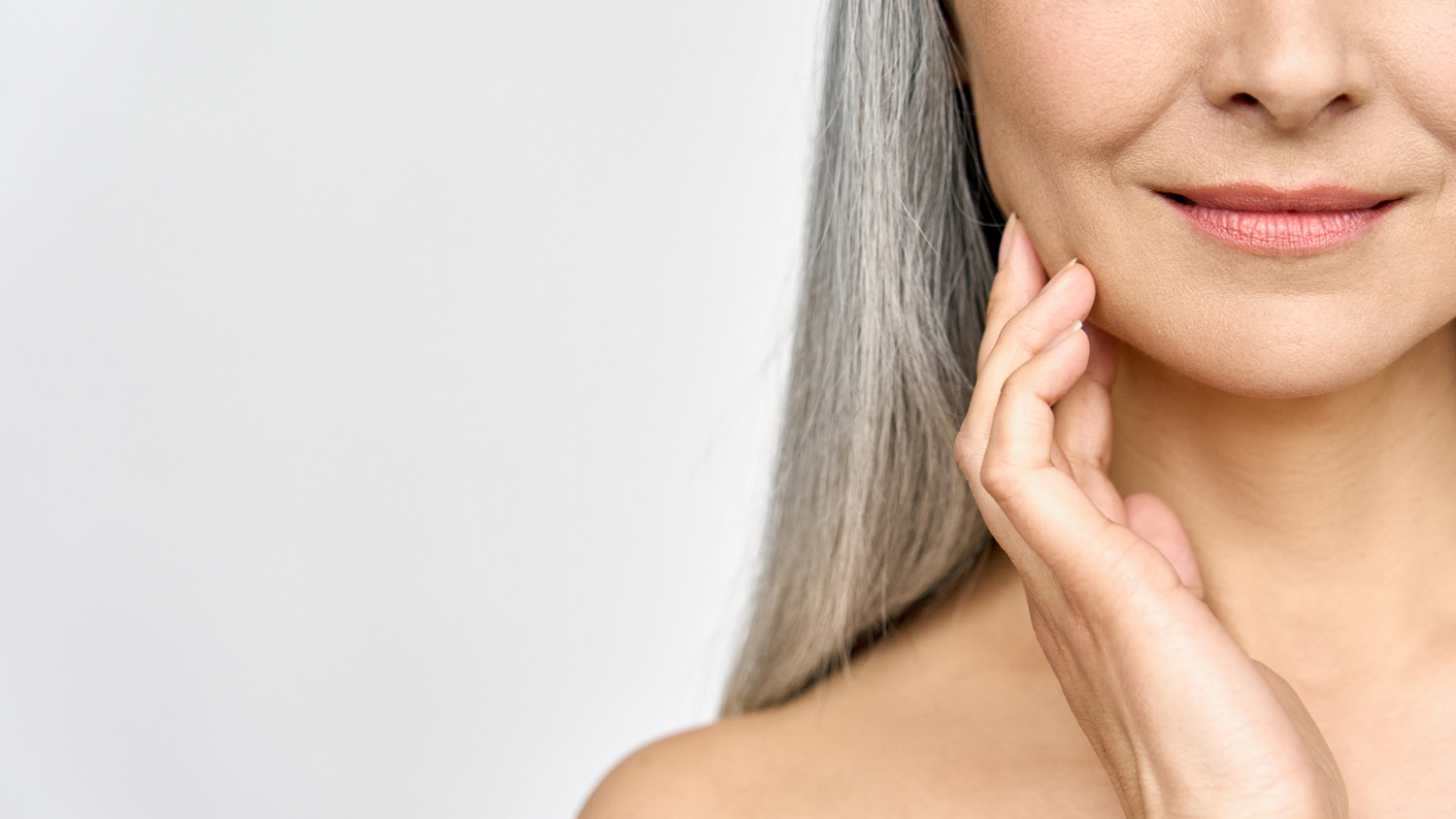
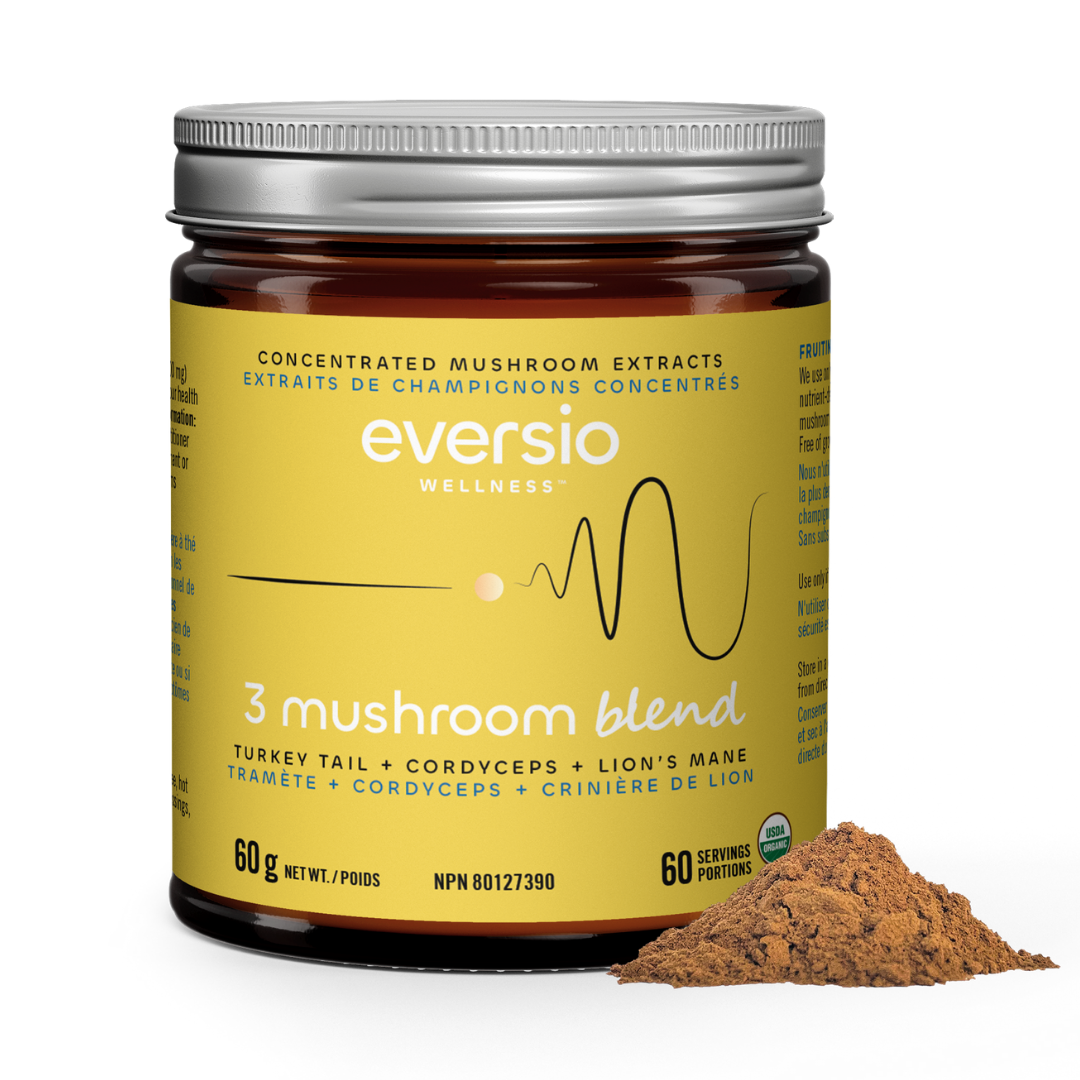
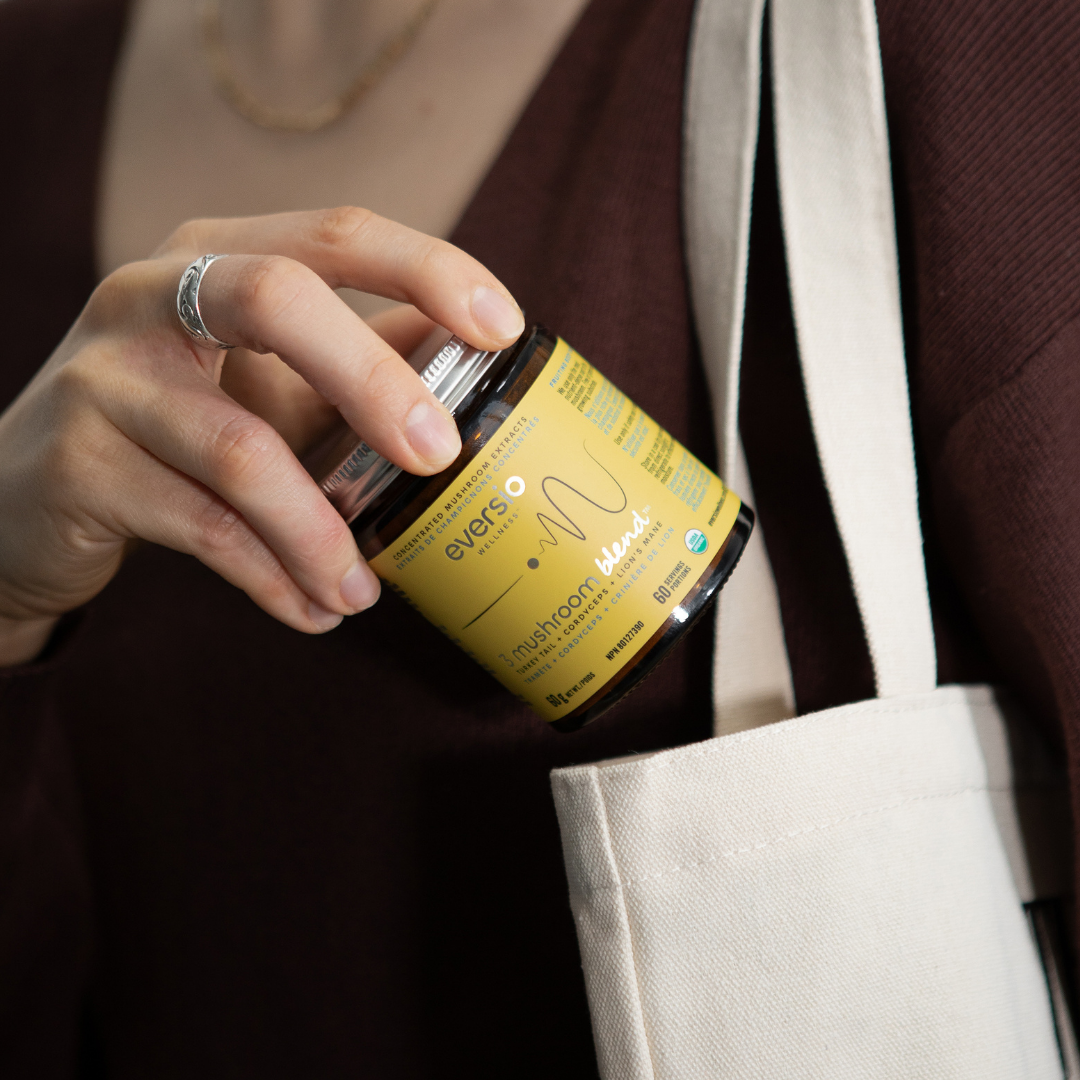
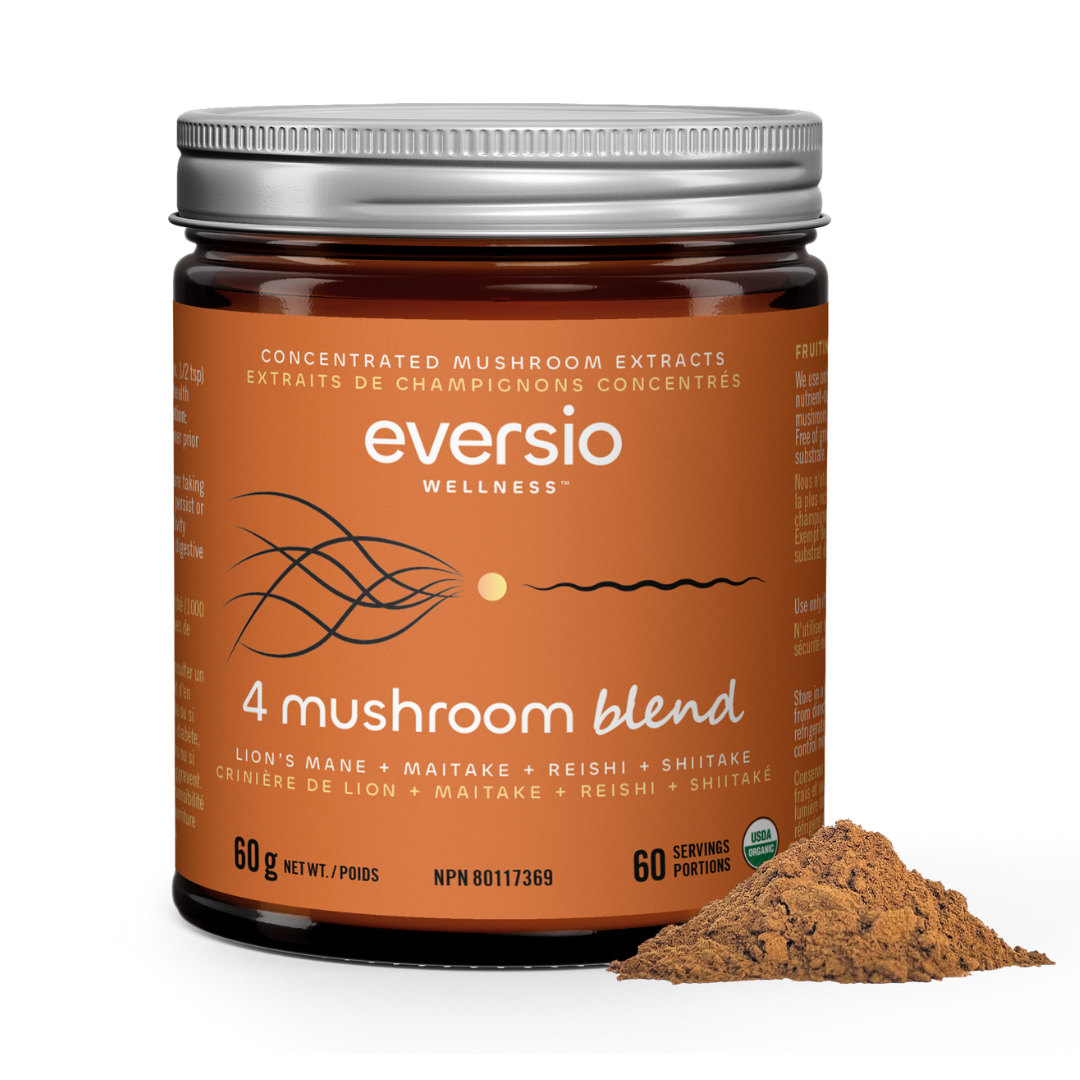
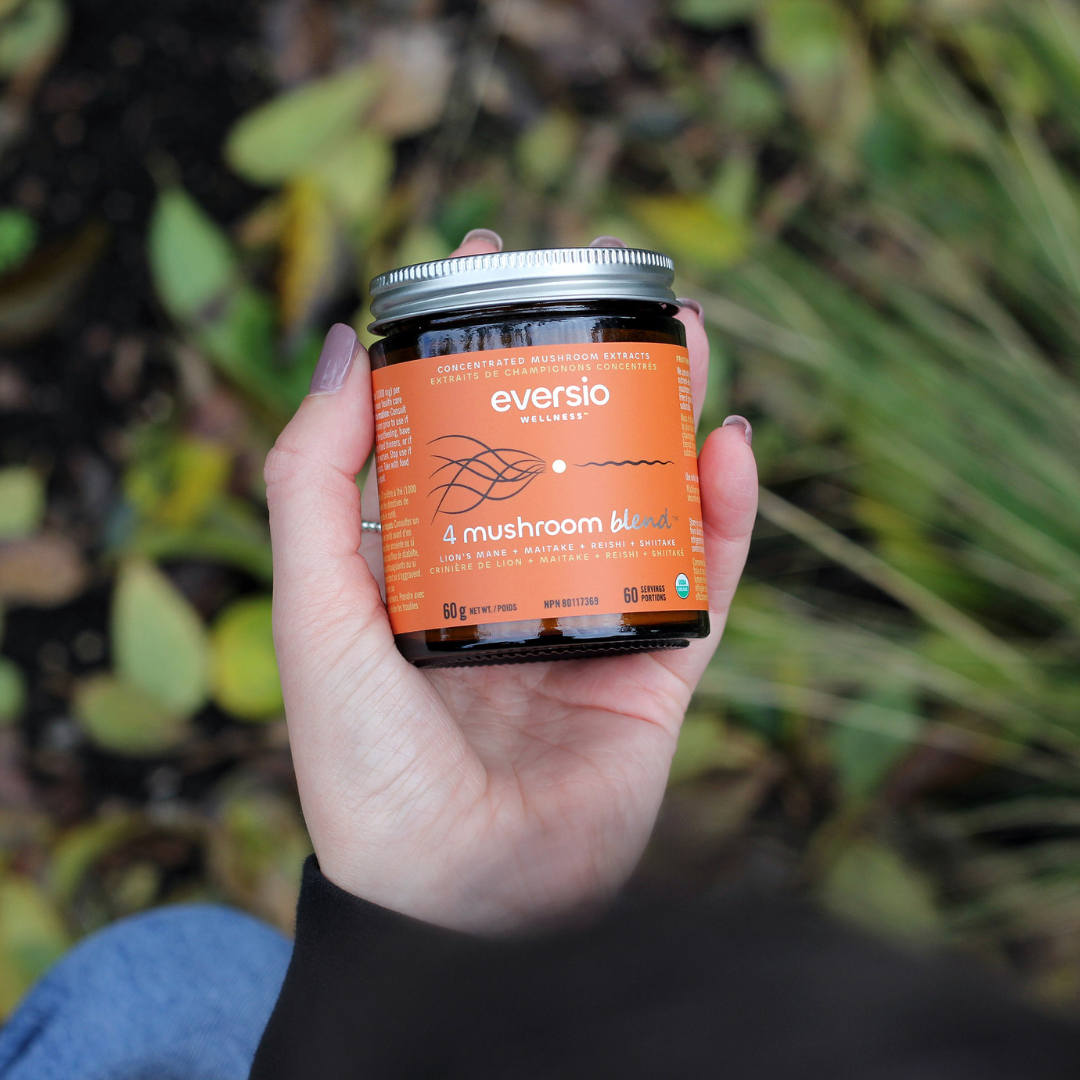
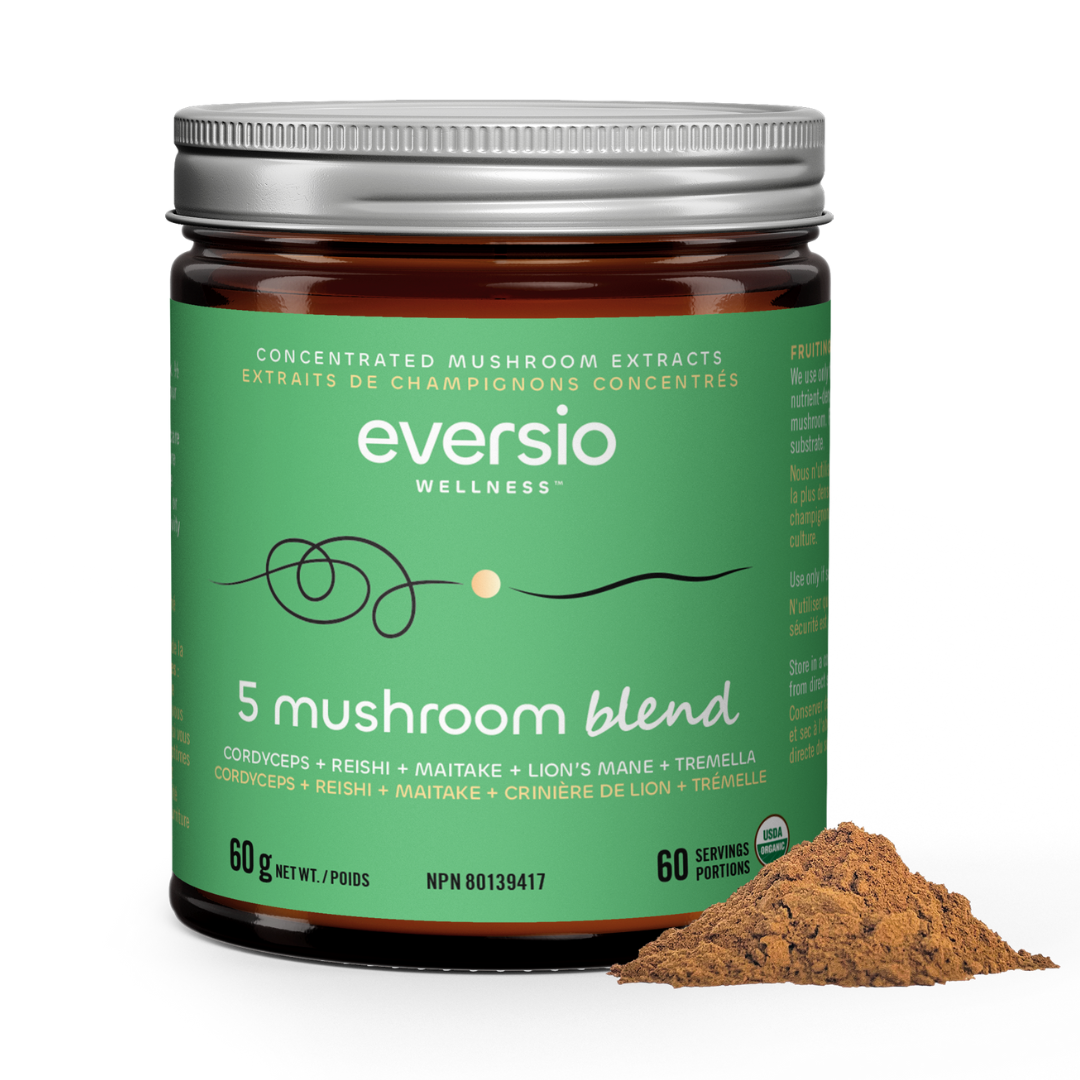
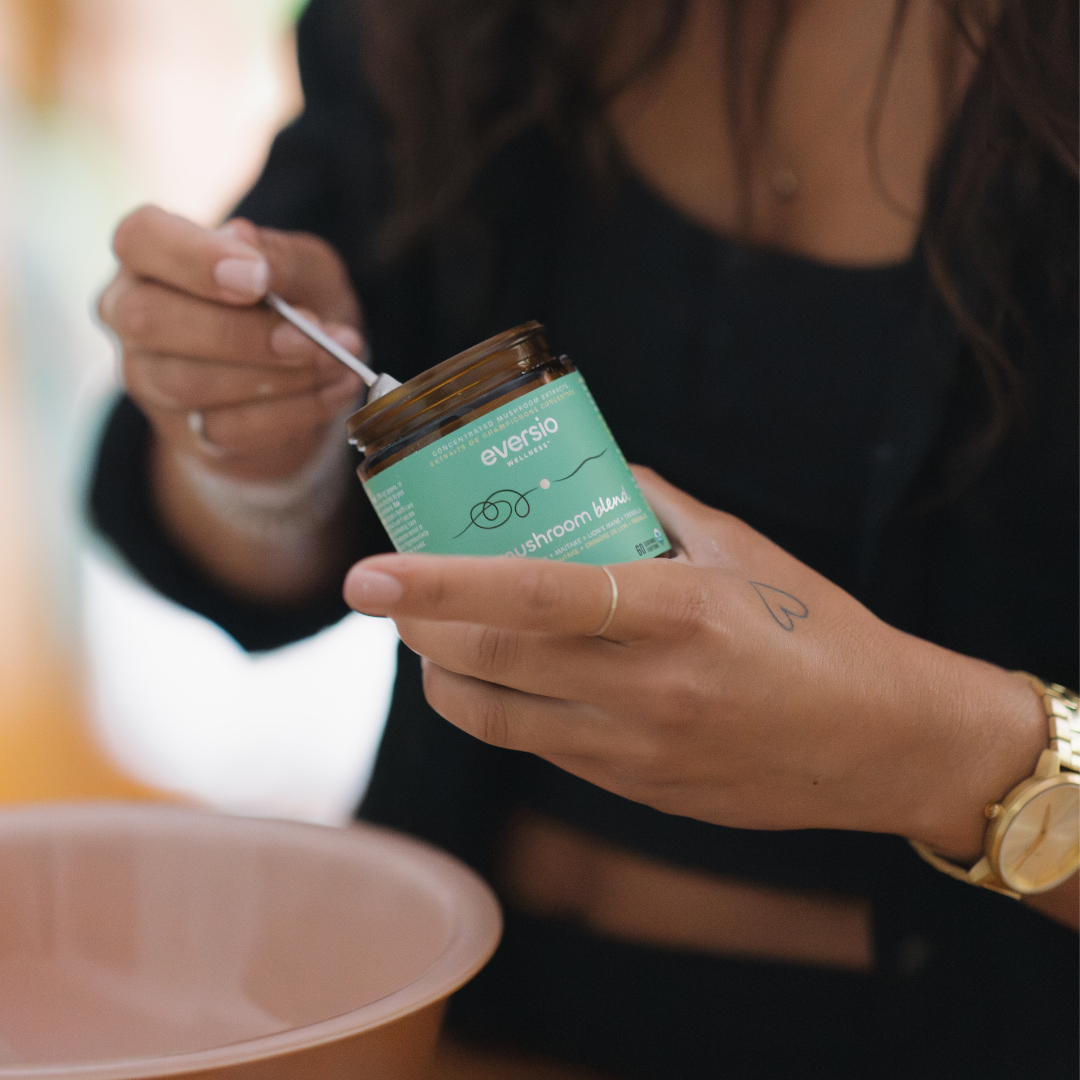
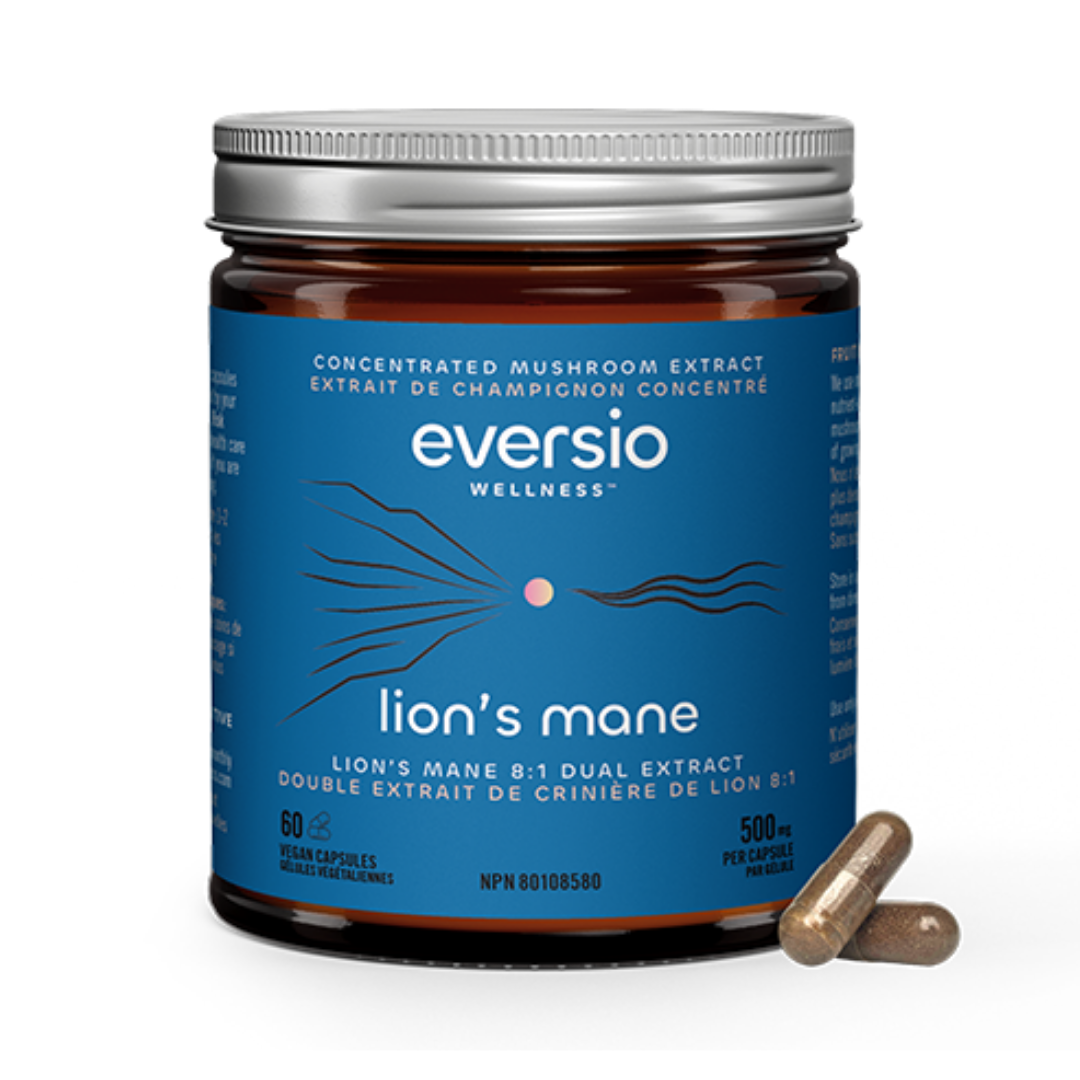
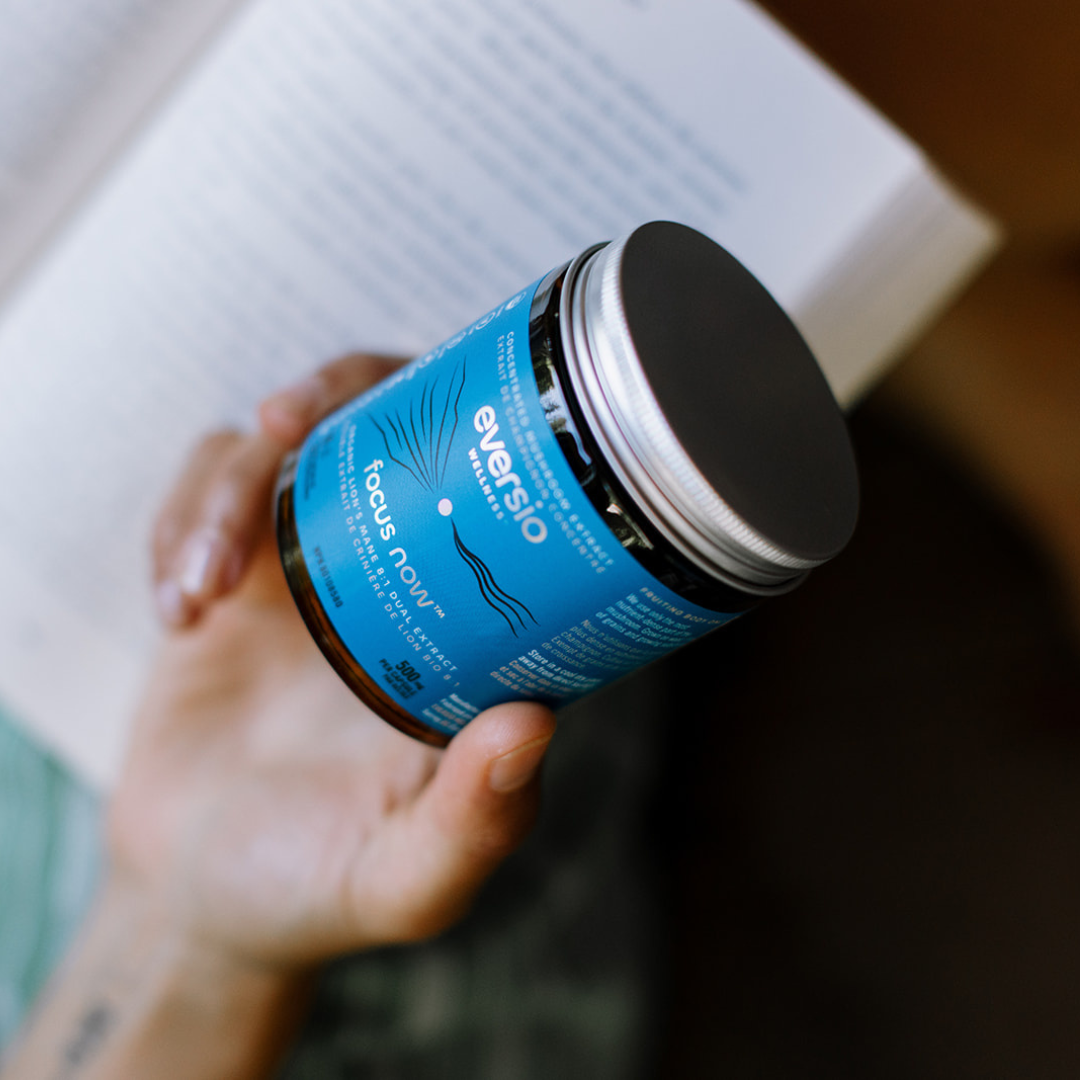
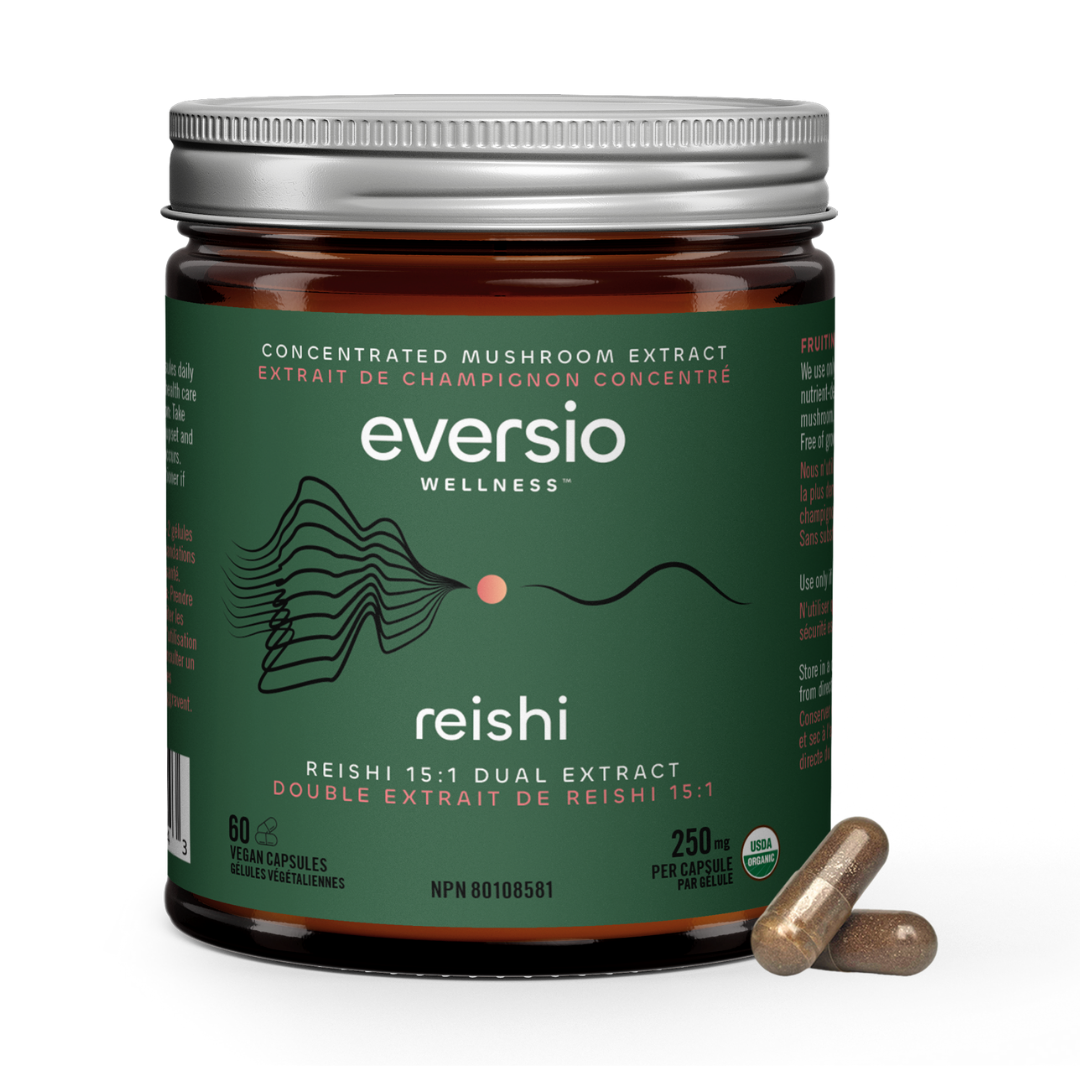
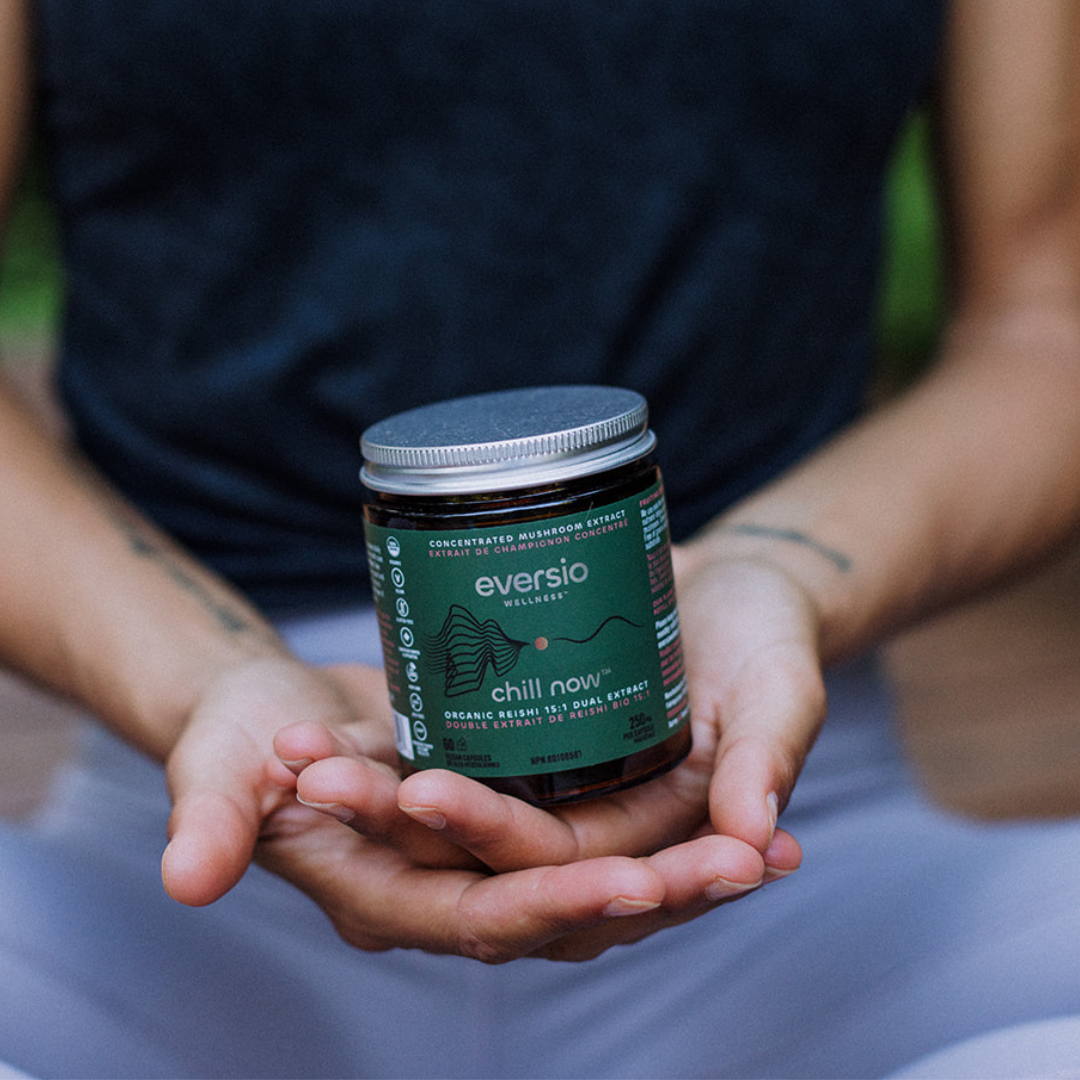
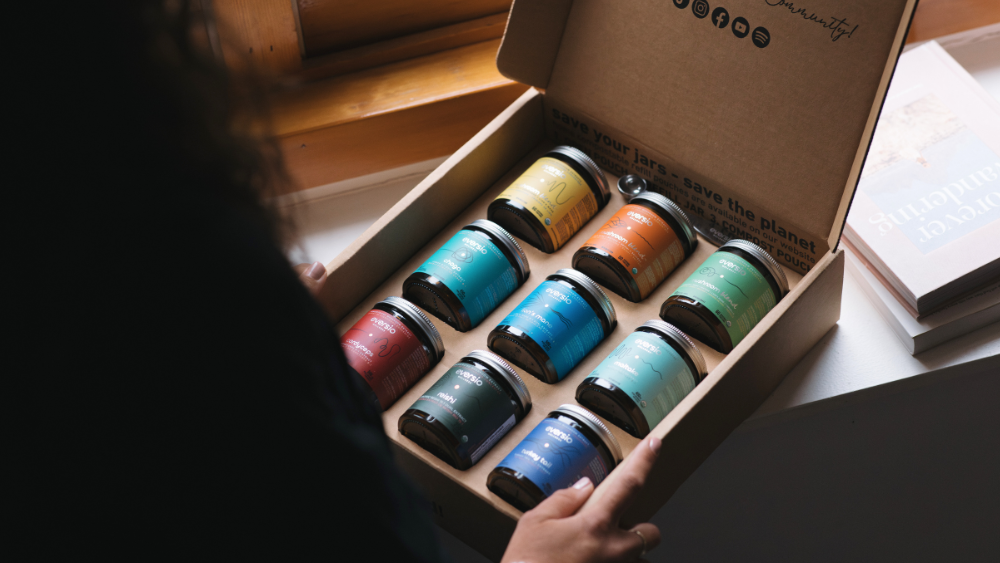




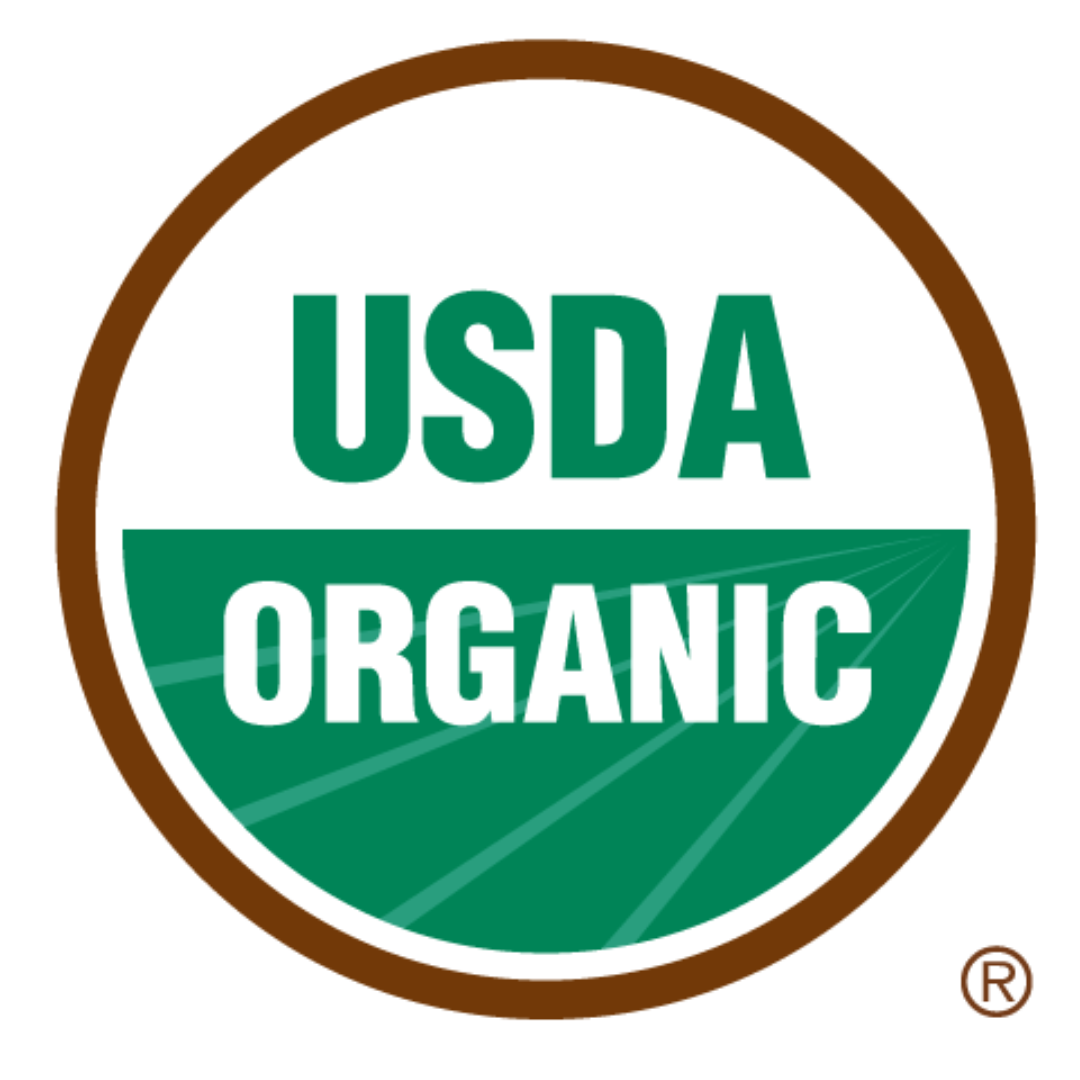


Leave a comment
All comments are moderated before being published.
This site is protected by hCaptcha and the hCaptcha Privacy Policy and Terms of Service apply.